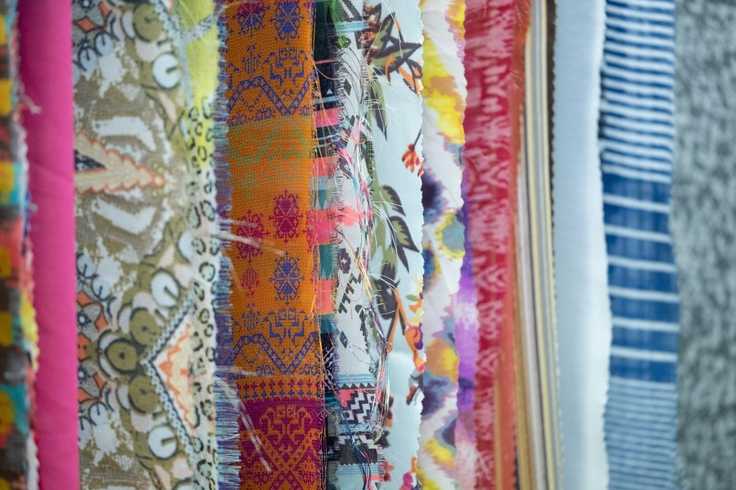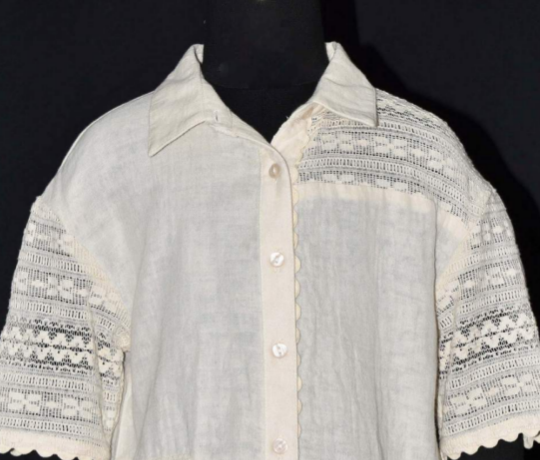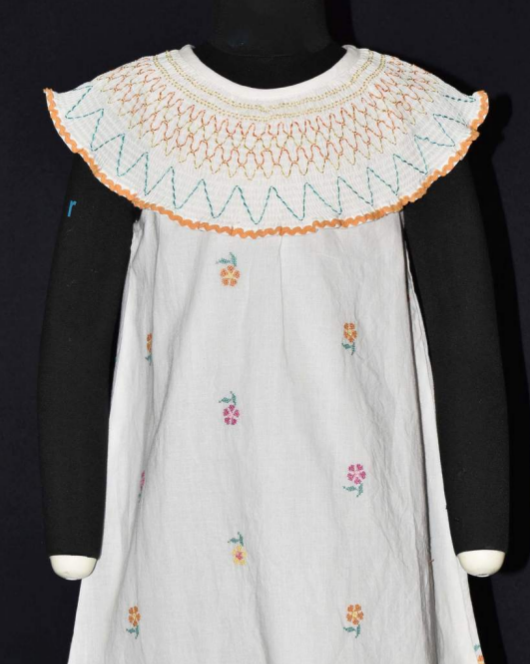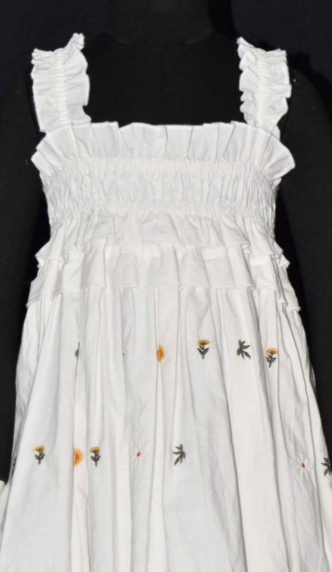How To Import Garments Into Canada: Required Documents

Knowing the government regulations and key features of the import process is crucial for the import of commodities such as clothing, linens, animal skins, and other textile articles. Knowing the essential prerequisites will help you avoid delays and facilitate smooth entry into the Canadian market.
So, to help you know the crucial documents required to import clothes from India to Canada, here is a complete list of the documents you should have to streamline the process. However, before we proceed, it’s better to know some basics about importing clothes to Canada, including the government permissions and licenses you’ll need to get started.
Basics of Importing Clothes to Canada for First-Timers
Being a first-time importer of clothing, linens, or other textile articles in Canada requires some understanding of the key steps.
-
Get a Business Number: You need to apply to the CRA for your business number for an import-export account.
-
Prohibited Goods: Most clothing items are not prohibited; however, it's best to check in advance. The Canadian government provides detailed guidelines on what’s allowed and not allowed to be imported.
-
Get a Tariff Classification Number: Determine what your 10-digit tariff classification number is for those imported items.
-
Be Prepared for Customs Examination: Be prepared for an examination or audit from the CBSA (Canada Border Services Agency).
-
Keep Records after Import: Keep detailed records about your imported goods for six years past the date of importation.
Documents Required to Import Clothes to Canada
Here are the most important documents you will require to gather before you begin importing clothes to Canada:
1. Proforma Invoice
A proforma invoice is an advanced document showing an estimated cost and terms of sale prior to the final transaction. It shows a preview of what a buyer should expect, therefore enabling communication between the apparel manufacturers or sellers and the buyers.
Key components of a proforma invoice include the following:
-
Parties Involved
-
Product Description
-
Harmonized System Classification
-
Cost and Terms of Payment
-
Delivery Details
-
Currency
-
Expiration Date
A comprehensive, detailed proforma invoice can facilitate the ease of sales by reducing friction in buyer-seller communications.
2. Commercial Invoice
This is an official document that contains detailed information about the imported goods. It is used as a declaration document for customs and is mandatory for every shipment into India. While it is similar to a proforma invoice, it contains all the extra information like order details and banking details.
3. Import & Export License
To perform the import or export of restricted items like chemicals, pharmaceuticals, precious stones, plants, or animals in India, you need to obtain an import license against a specific Import Export Code number from the Directorate General of Foreign Trade. Normally, an import license is issued for a period of one to two years.
4. Certificates of Origin or COO Certificate
For countries needing a Certificate of Origin as proof of origin or country of manufacture, a Certificate of Origin may be prepared. This could be issued by a non-governmental official, usually a chamber of commerce or consulate.
5. Shipping Bill/Bill of Export
A shipping bill or export bill has to be filed by the exporter to clear customs. This is a document representing the description of goods to be shipped, and it contains information including export incentives and re-export status. These documents must be correctly prepared in order to avoid any problem in customs clearance for the goods, especially if you’re handling from a specific region like exporters in Jaipur.
6. Bill of Exchange
A bill of exchange is another type of payment that an importer can accept and make payments for merchandise supplied by the exporter when demanded or at some time in the future. It works like a bank or personal promissory note.
7. Purchase Order and Letter of Credit
Once there is an agreement on a purchase order, the importer may approach his bank for the issuance of a letter of credit. The letter of credit provides a financial guarantee to the exporter against non-payment upon meeting the terms of the sale.
Conclusion
Although the U.S. customs laws are highly sophisticated and often much different from those used by Canada, shipping products across the border may go relatively smoothly if one is well prepared. To learn more about the importing process or to work with one of the top apparel manufacturers and exporters in Jaipur, check out CheerSagar. CheerSagar can help you export your garments across six continents around the world. Check out the website to learn more.
Related Blog
Top 10 Tips For Working Smoothly With Third-Party Clothing Manufacturers
Collaborating with third-party clothing manufacturers can dramatically streamline production processes and expand business capabilities. Whether you are a budding fashion...
Learn About The Role Of Embroidery Machines In Developing Complex Designs That Have Transformed Women’s Fashion
When you think of embroidery, machines do not generally come to mind. This is mainly because embroidery is generally an...
A Detailed Look Into The Wholesale Women’s Apparel Industry For Retailers
The wholesale apparel industry for women’s clothing oversees most of the production and manufacturing of the garments. Once...




